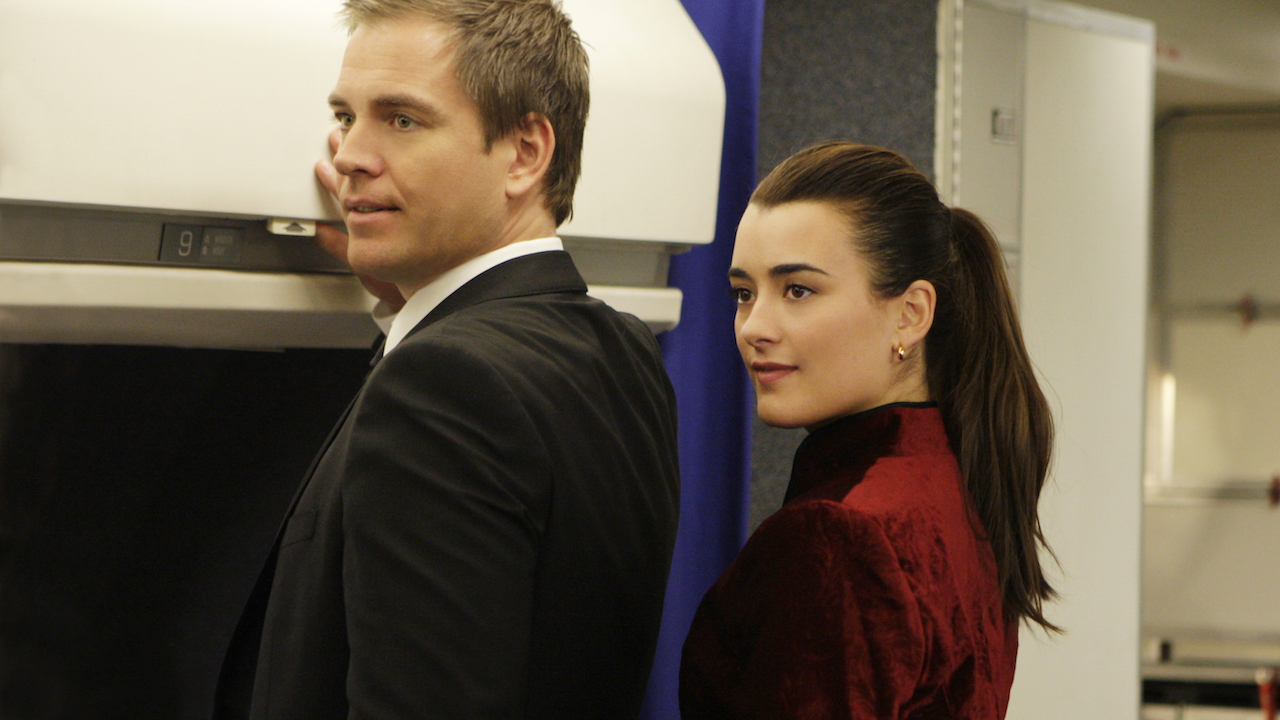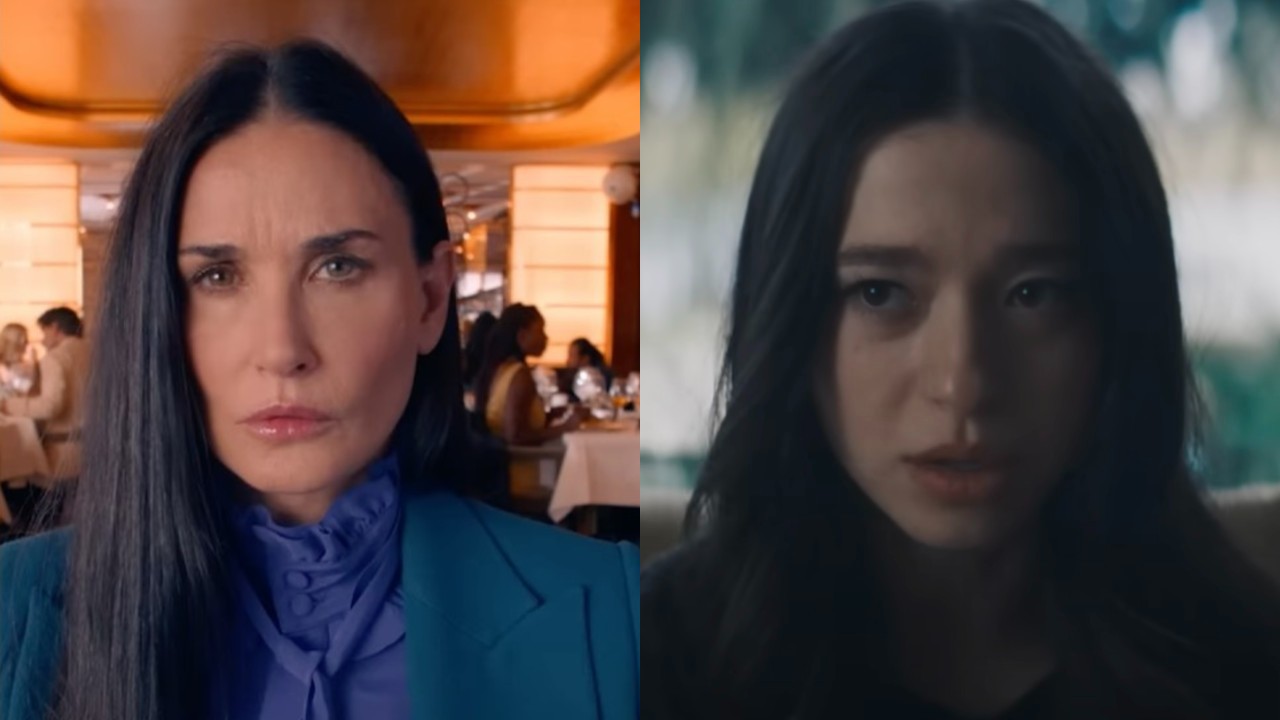Tribeca Review: Earth Made Of Glass

It has been 15 years since Rwanda was torn apart by a horrific genocide, and though the country has recovered remarkably well, old wounds still run throughout the country. From attempts to normalize relationships with the Western world and revealing the truth about France's involvement in the genocide to one man's attempt to find his father's remains, the new documentary Earth Made of Glass persuasively and movingly uncovers all of the ongoing efforts for renewal in a country that has suffered unimaginably. Getting an amazing level of access to Rwandan President Paul Kagame as well as regular citizen Jean Pierre Sagahutu, documentarian Deborah Scranton has created an important and devastating film, at equal points moving, infuriating, and inspiring.
By covering Kagame's efforts toward rebuilding his country and setting the historical record straight as well as Sagahutu's determined efforts toward locating his father's remains, Scranton covers both the large-scale picture of Rwanda's recovery as well as the small human story. Though Sagahutu's story is moving, it is less of a thunderclap than the evidence Scranton reveals about France's involvement in-- some might say support and creation of-- the 1994 genocide. Rwanda was ruled by Belgium during the colonial era, but France had a vested interest in maintaining the country's French-speaking heritage, which was believed to be upheld by the Hutu ethnic tribe rather than the English-influenced Tutsis. Though the struggle in Rwanda had been depicted as an escalation of a longstanding ethnic conflict between the two tribes, Scranton and President Kagame persuasively argue that French influence led directly to the conflict, and even that the French government provided arms to the Hutu militia.
The truth behind all this is enraging, and the film does lose a little steam when it switches over to Sagahutu's story, as he travels the countryside where his entire family was murdered in the genocide, searching for the location of his father's remains. Sagahutu, who was living in the city at the time and survived the genocide by spending two and a half months hiding inside a septic tank, wants both to bury his father properly and to teach his son, born after the genocide, about what happened in the past. Sagahutu's story is affecting, and his devotion toward raising his son son remarkable, but it simply doesn't carry the same urgency as Kagame's large-scale rebuilding efforts and the scandal of France's involvement in the genocide and subsequent coverup. The two stories dovetail nicely in the end, as Scranton makes a point about the country's rebuilding efforts as a whole, but the film might have been better served by two narrative threads that were better linked throughout.
It has been 15 years since the Rwandan genocide, and to be honest, the world has moved on to more atrocities-- the film even acknowledges that, right next door in the Congo, another genocide has taken place. But Scranton's film isn't just important for revisiting Rwanda, for uncovering truth and for making sure the world doesn't forget, but for shining a light on the complex, sometimes miraculous ways that people can move on from true horror. The political angle is the most effective part of the film, but it's the human story that gives it an incredible power.
Follow along with all of our special, Tribeca 2010 coverage right here.
CINEMABLEND NEWSLETTER
Your Daily Blend of Entertainment News
Staff Writer at CinemaBlend











